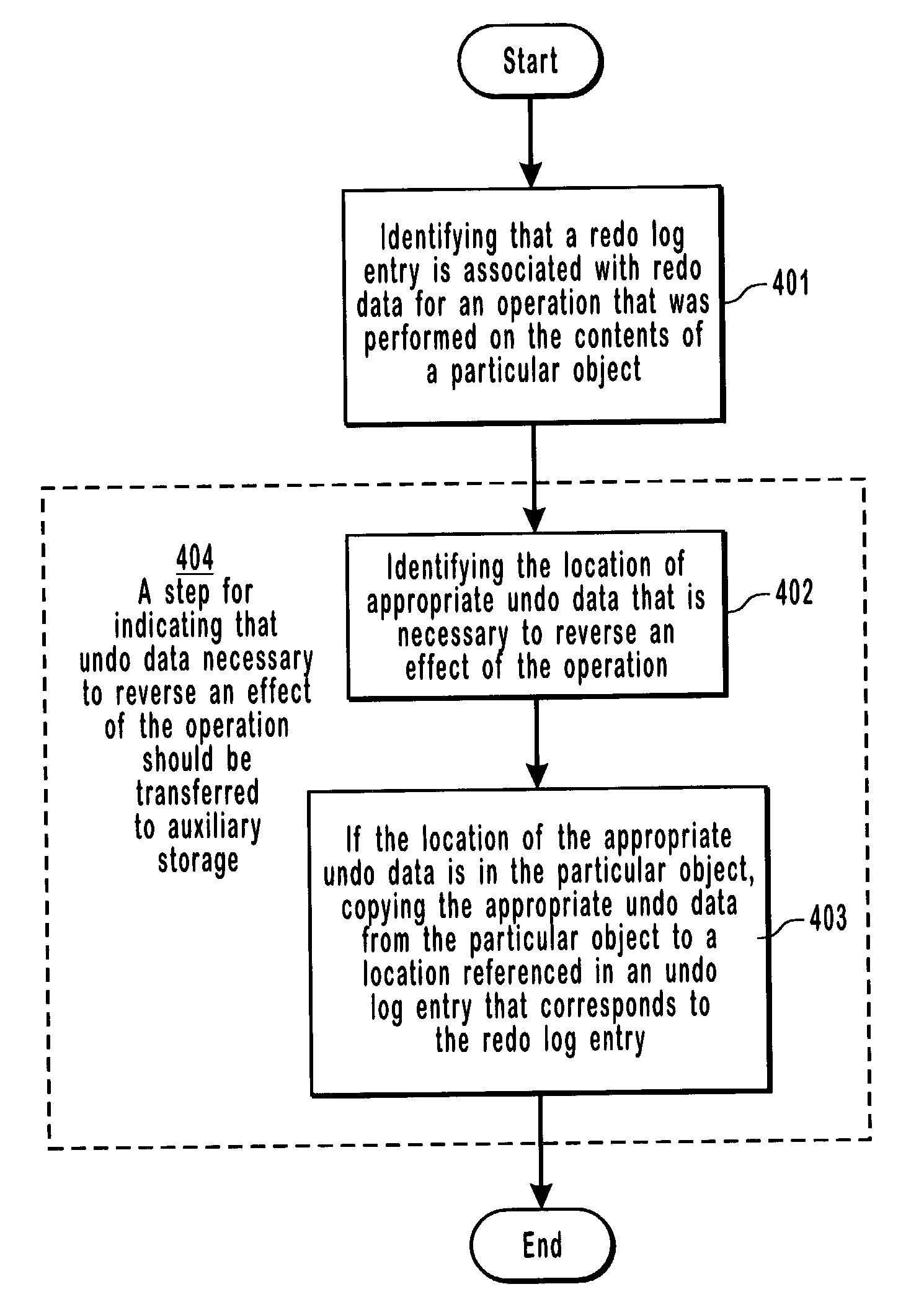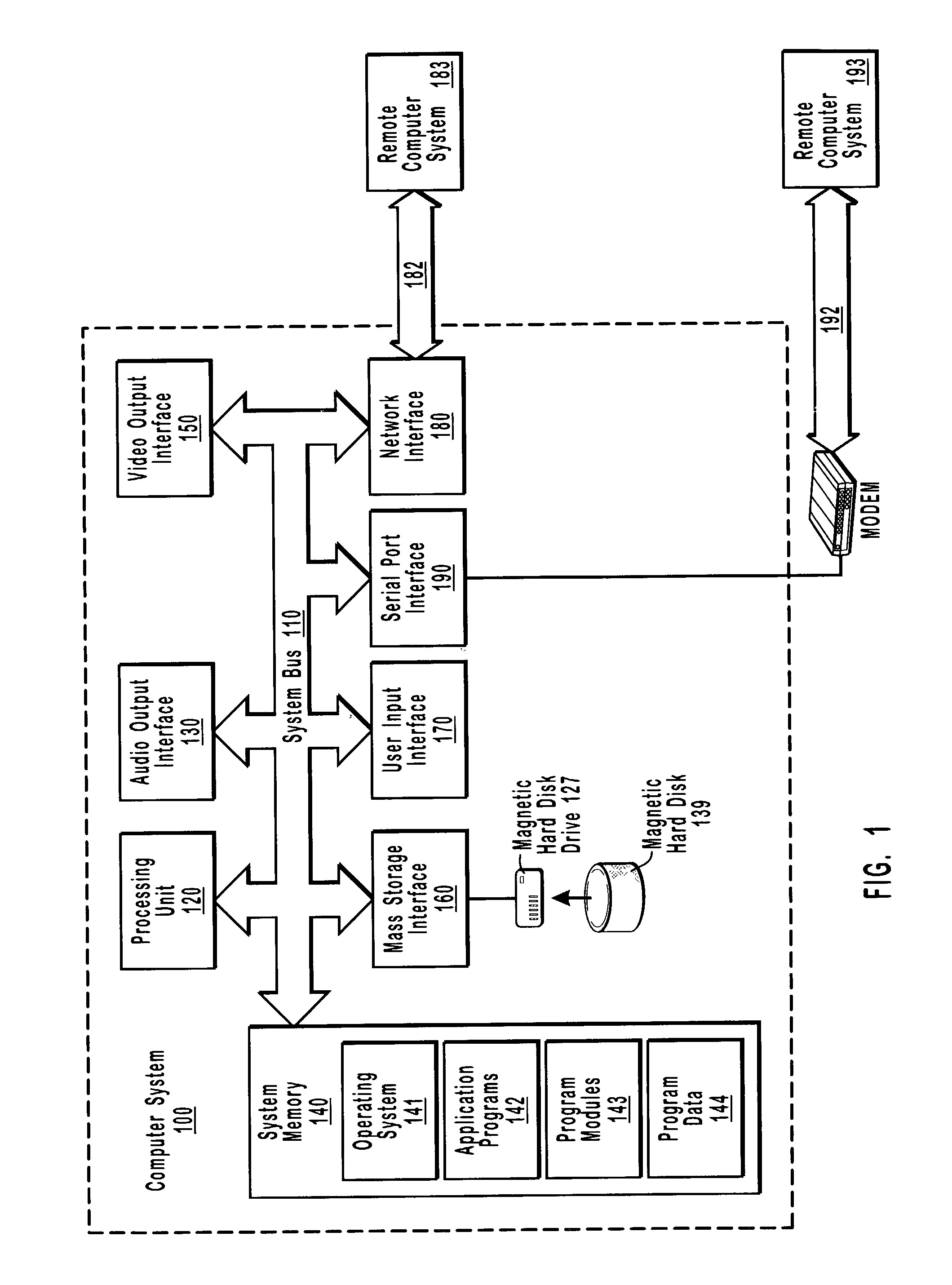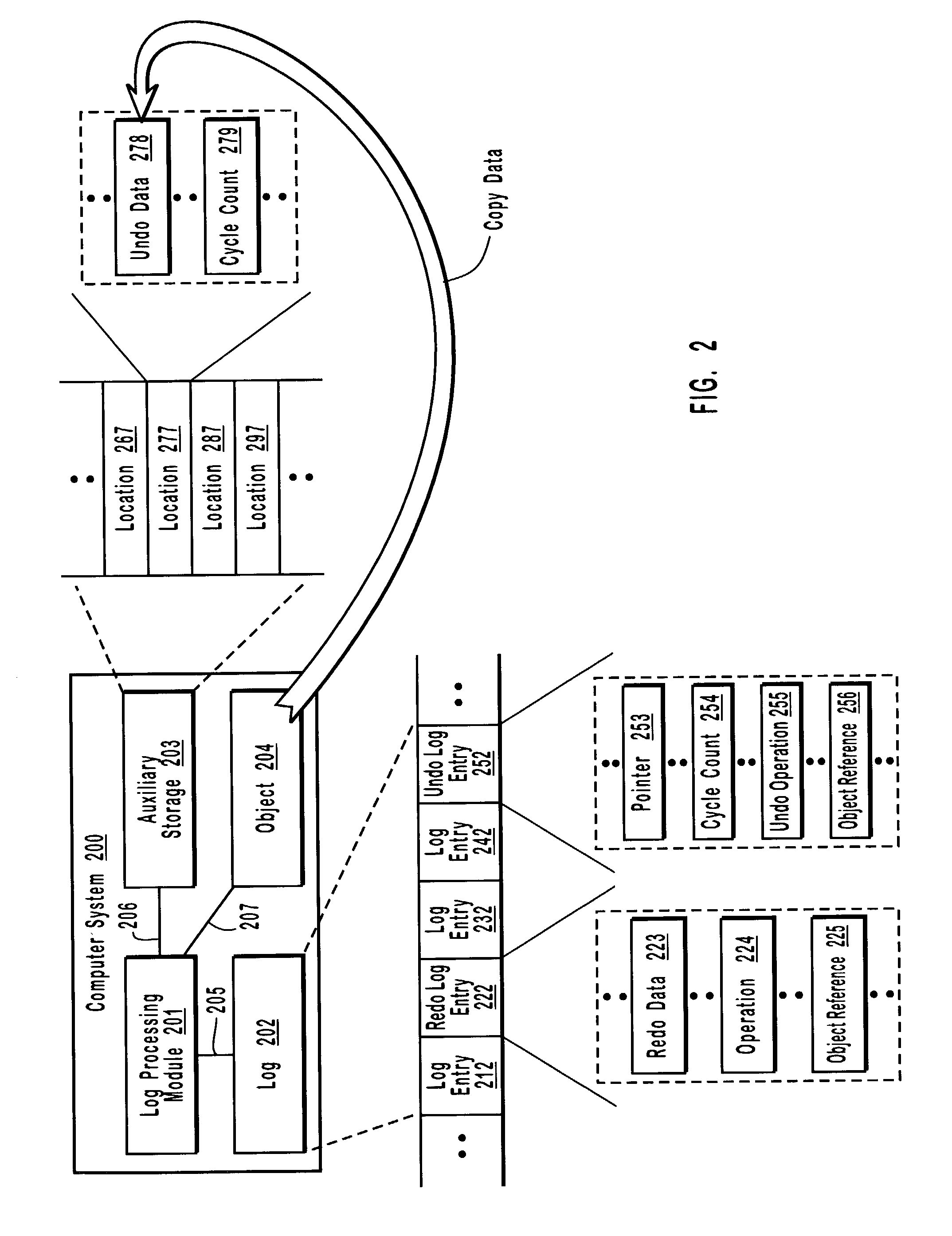Identifying appropriate undo data during a forward pass through a log
a forward pass and data technology, applied in the field of maintaining recovery data for a computer system, can solve the problems of user unawareness, task might be interrupted, and the probability of a distributed system being placed in an inconsistent state substantially greater
- Summary
- Abstract
- Description
- Claims
- Application Information
AI Technical Summary
Benefits of technology
Problems solved by technology
Method used
Image
Examples
Embodiment Construction
[0037]The present invention extends to systems, methods, and computer program products for identifying appropriate undo data during a forward pass through a log. Appropriate undo data can be identified during a roll-forward recovery or as a secondary computer system rolls-forward through log entries received from a primary computer system. A computer system may access a plurality of different locations that store potential undo data, such as, for example, logs, auxiliary storage locations, and computer system objects (e.g., files, database objects, and messages). The principles of the present invention provide for identifying the location, from among the plurality of locations, of appropriate undo data necessary to reverse the effects of an operation that is to be performed at the computer system. When appropriate undo is identified as being stored in a location where the undo data may potentially be lost, the appropriate undo data can be copied to a more secure location.
[0038]The e...
PUM
 Login to View More
Login to View More Abstract
Description
Claims
Application Information
 Login to View More
Login to View More - R&D
- Intellectual Property
- Life Sciences
- Materials
- Tech Scout
- Unparalleled Data Quality
- Higher Quality Content
- 60% Fewer Hallucinations
Browse by: Latest US Patents, China's latest patents, Technical Efficacy Thesaurus, Application Domain, Technology Topic, Popular Technical Reports.
© 2025 PatSnap. All rights reserved.Legal|Privacy policy|Modern Slavery Act Transparency Statement|Sitemap|About US| Contact US: help@patsnap.com



